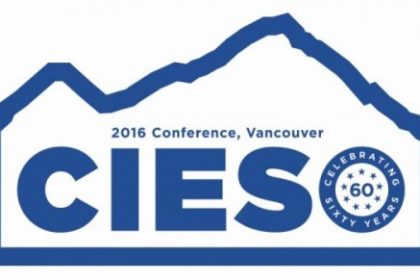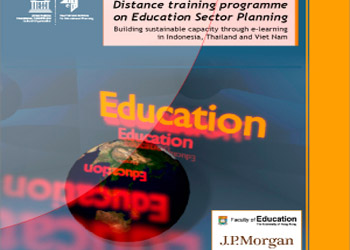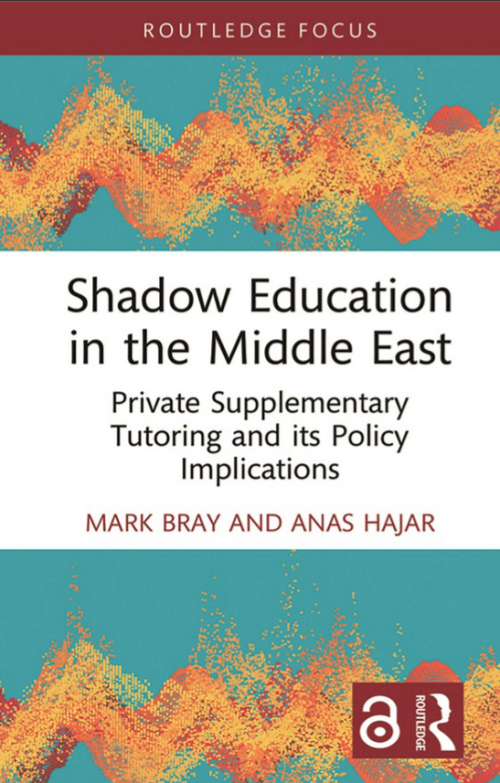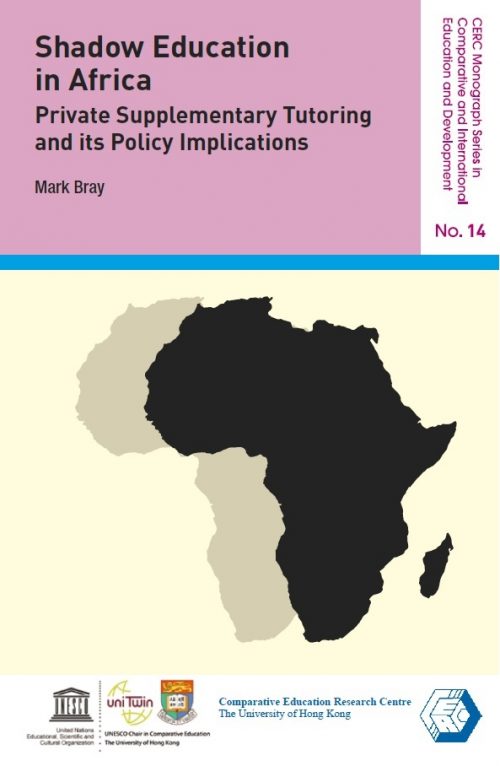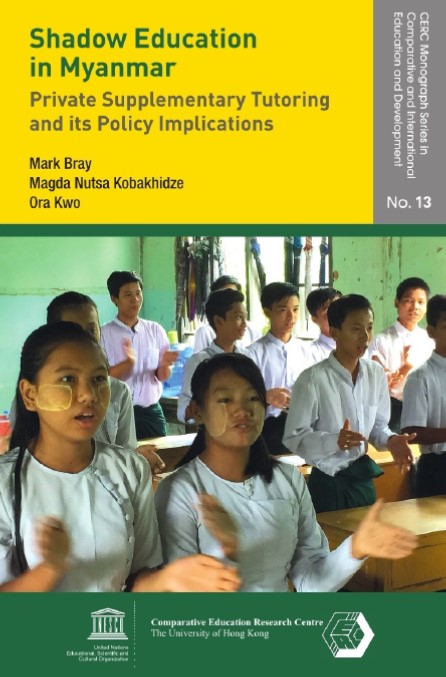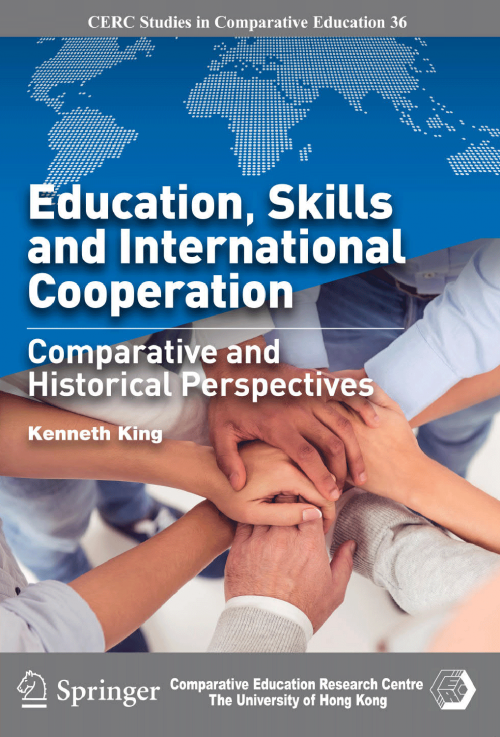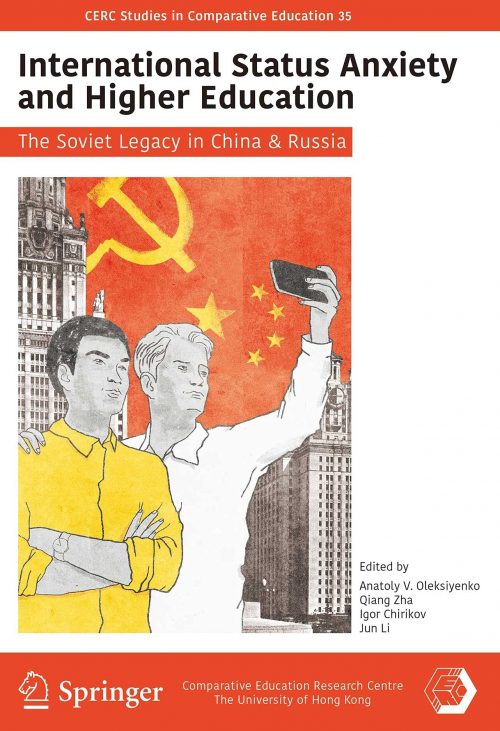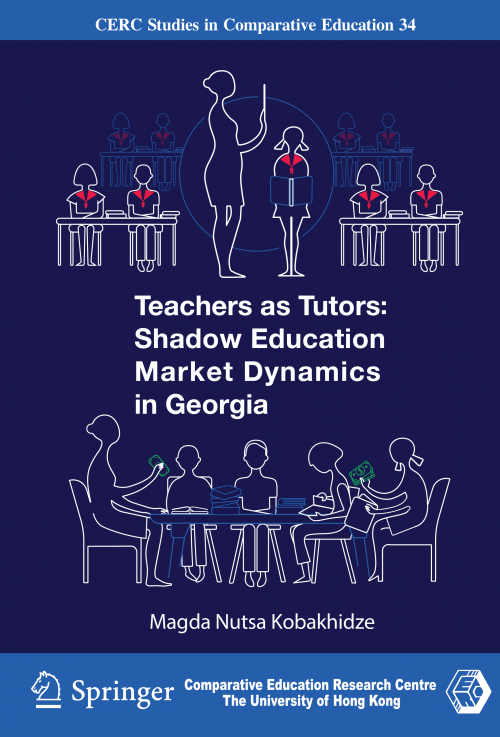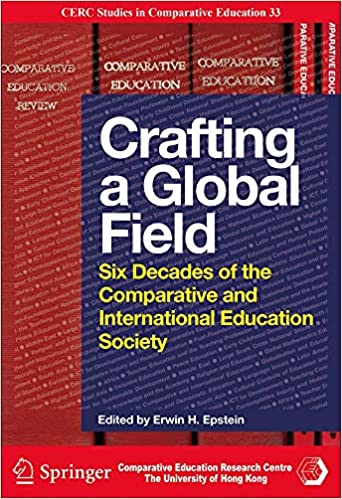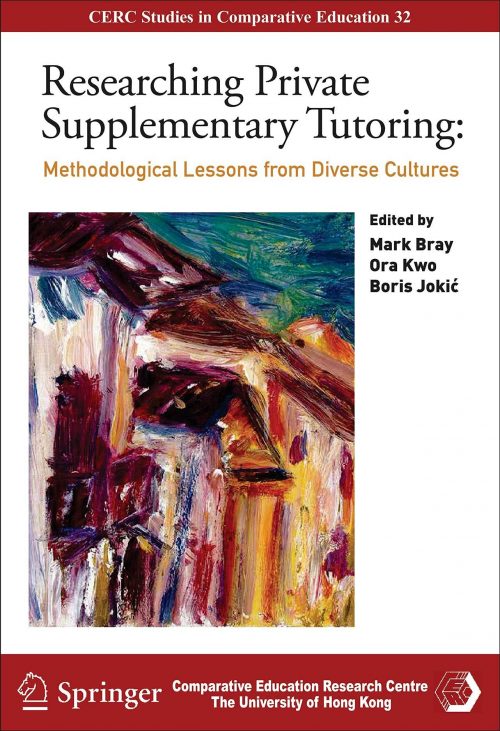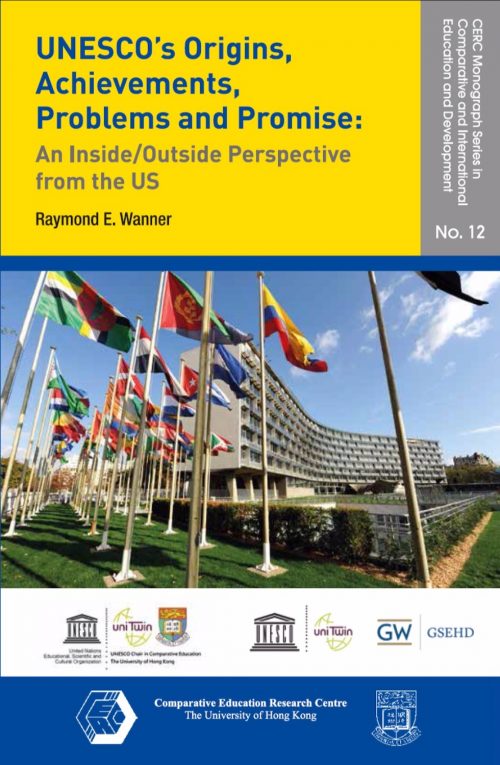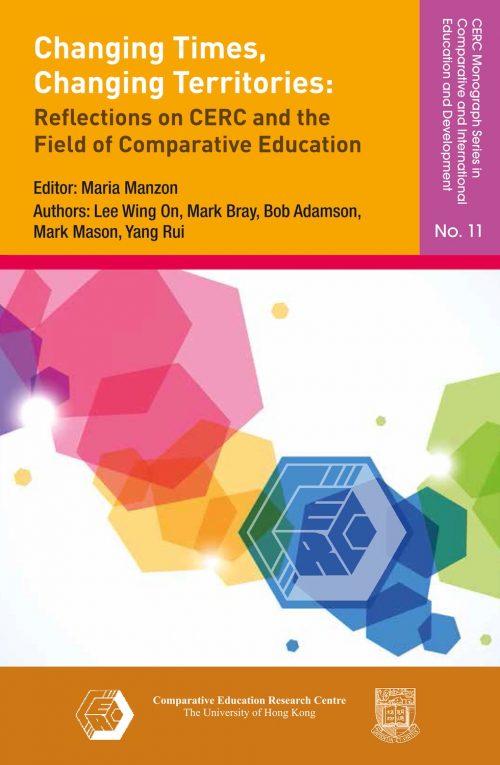The UN 2030 Agenda for sustainable development highlights the transformative power of education in fostering cultural diversity and global citizenship. Intangible Cultural Heritage (ICH) – including oral traditions, performing arts, social practices, and traditional craftsmanship – plays a vital role.
From 4-8 August, CERC welcomed primary and secondary teachers from eight countries to showcase and discuss their own practices. The teachers were from Bhutan, China, India, Oman, Palau, South Korea, Sri Lanka, and Uzbekistan. The co-hosts were the UNESCO Chair at HKU and the International Centre for UNESCO ASPnet (ICUA) in Sanya, China.
The opening dovetailed with a World Youth Pulse forum at the Hong Kong Exhibition and Convention Centre. This event brought together youth from multiple Chinese lo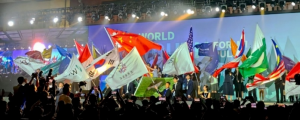 cations with counterparts from a wide range of countries in the region and beyond.
cations with counterparts from a wide range of countries in the region and beyond.
Then, on the second and third days, teachers from the eight countries mentioned above moved to the HKU campus for workshops to discuss curriculum and pedagogy for ICH education. Opening keynotes by Florian Knothe, Director of the HKU Museum and Art Gallery, and by Wang Dan in the HKU Faculty of Education set the scene.
Participants then presented on themes including: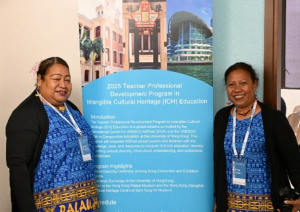
- peepal trees (India),
- kungqu opera and guqin (China),
- triangles in arts and crafts (Bhutan),
- papercutting (China),
- weaving (Palau),
- hanji traditional paper (South Korea),
- dumbara rata traditional mats (Sri Lanka),
- traditional clothing (Uzbekistan),
- yoga (India),
- moxibustion (China), and
- traditional chanting (Palau).
The teachers highlighted challenges as well as the achievements, discussing approaches for different age groups and ways to handle the examination foci of many education systems.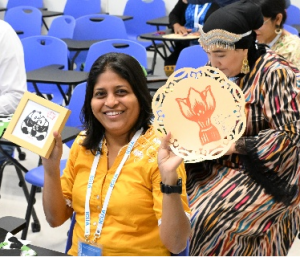
Next, moving beyond the HKU campus, the group visited Hong Kong’s Sam Tung Uk museum. This restored heritage building provides an authentic insight into the lifestyle of villagers long before the region became urbanised. The museum includes an ICH Centre with focus on themes including dragon boats, bamboo scaffolding, and lion dances. Next was the Hong Kong Palace Museum, which shows over 900 priceless treasures in collaboration with its Beijing counterpart.
Some of the dynamics are captured in this video. Participants agreed that the programme was an unforgettable experience in international sharing and exchange. Foc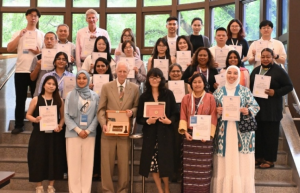 using on pedagogy as well as curriculum content, it brought to the fore multiple themes on how the E of UNESCO (i.e. Educational) can be linked meaningfully and productively with the C of UNESCO (i.e. Cultural). ICUA is now following up with a compendium of good practices to ensure lasting impact from the event.
using on pedagogy as well as curriculum content, it brought to the fore multiple themes on how the E of UNESCO (i.e. Educational) can be linked meaningfully and productively with the C of UNESCO (i.e. Cultural). ICUA is now following up with a compendium of good practices to ensure lasting impact from the event.


